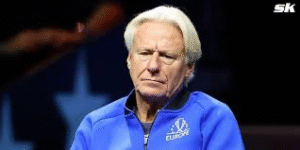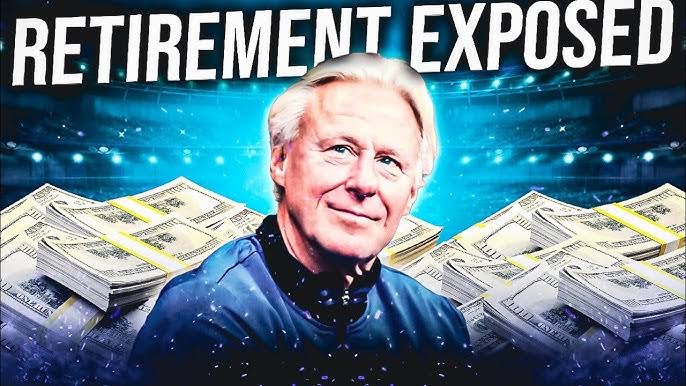In the golden era of tennis, few names shone brighter than Björn Borg. With his cool demeanor, relentless baseline game, and an aura of invincibility, Borg carved his name into tennis history. By the time he was 26, he had already secured 11 Grand Slam titles—a feat that placed him among the sport’s legends. And then, in 1983, at the peak of his powers, he walked away.

What made one of the world’s most dominant athletes turn his back on the game so young? In recent years, Björn Borg has opened up about that decision, and his candid reflections paint a powerful picture of burnout, mental fatigue, and the immense pressure of life at the top.
The Rise of an Icon
Borg’s rise was meteoric. At just 15, he played in the Davis Cup for Sweden. By 18, he had already won his first Grand Slam. Over the next few years, he transformed tennis with his fierce topspin forehand, athleticism, and ice-cold composure. Between 1974 and 1981, he won six French Opens and five consecutive Wimbledons—a dominance that made him the sport’s first true global superstar.
But with fame came relentless pressure.
“There was so much expectation—every tournament, every match,” Borg said in a rare interview. “It reached a point where I didn’t enjoy it anymore.”
The Cost of Greatness
Behind the scenes, Borg was quietly burning out. The intense training, the media spotlight, and the demand to win again and again began to take a toll. Unlike today’s players, who enjoy longer careers thanks to better recovery and scheduling, Borg’s era allowed little room for balance. Tennis was a year-round grind.
He began losing motivation, not because of failure—he was still winning—but because the spark was gone.
“I woke up one day and felt I didn’t have the fire anymore,” Borg recalled. “To play tennis at that level, you need to be 100% mentally in it. I wasn’t.”
When he announced his retirement in 1983, the tennis world was stunned. At 26, Borg wasn’t just young—he was still one of the best. His great rival John McEnroe even begged him to reconsider, sensing that the sport was losing something irreplaceable.
After the Game
Retirement was not easy. Borg went through a difficult transition, including personal and financial struggles. His early exit made it hard to find purpose in life after tennis. For a time, he withdrew from the public eye.
In the 1990s, he attempted a brief comeback with wooden rackets—more a nostalgic gesture than a serious return—but the game had changed, and so had he.
Over time, Borg found new footing. He launched a successful fashion brand, Björn Borg, and more meaningfully, he began mentoring young players—especially his son, Leo Borg, who is now making his own mark in tennis.
Legacy of a Trailblazer
Björn Borg’s early retirement is no longer seen as a failure or mystery—it’s understood as a brave and honest choice. In an era where mental health in sports is finally being taken seriously, his decision to step away at 26 now resonates more than ever.
“If I had stayed, maybe I would have won more,” Borg said. “But I don’t regret it. I did what was right for me.”
Today, he remains a symbol of excellence and authenticity, proving that sometimes, walking away is the most courageous move of all.

